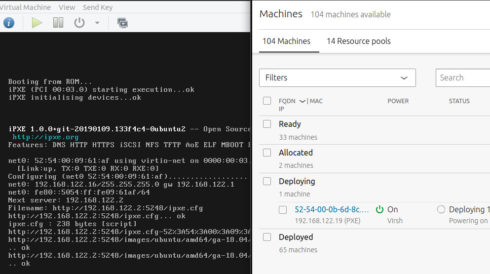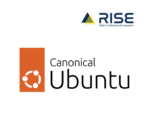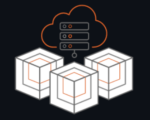
This week’s highlighted open-source project of the week is MAAS, which stands for metal-as-a-service.
Maintained by Canonical, MAAS allows companies to build their own data center from bare metal servers. Administrators can do self-service, remote installation of Windows, CentOS, ESXi, and Ubuntu on real servers.
MAAS enables users to discover, commission, deploy, and dynamically reconfigure those servers.
“MAAS converts your hardware investment into a cohesive, flexible, distributed data centre, with a minimum of time and effort,” the project’s documentation states.
Key features include remote edge cluster operations; infrastructure monitoring and discovery; custom images with pre-installed app; disk and network configuration; REST API for provisioning; LDAP user provisioning; role-based access control; hardware testing and commissioning; and Ansible, Chef, Puppet, SALT, and Juju integration.
It relies on two main components:
- The region controller, which handles operator requests
- The rack controller, which provides high-bandwidth services to multiple racks
“In essence, rack controllers manage racks, while the region controller manages the data centre,” the documentation explains.
The latest version of the tool is 2.8, which added UI performance improvements on the machine listing page and support for using an external PostgreSQL MAAS database with the snap version of MAAS. It also introduced a new beta feature that allows administrators to use LXD-based VM hosts and virtual machines.








